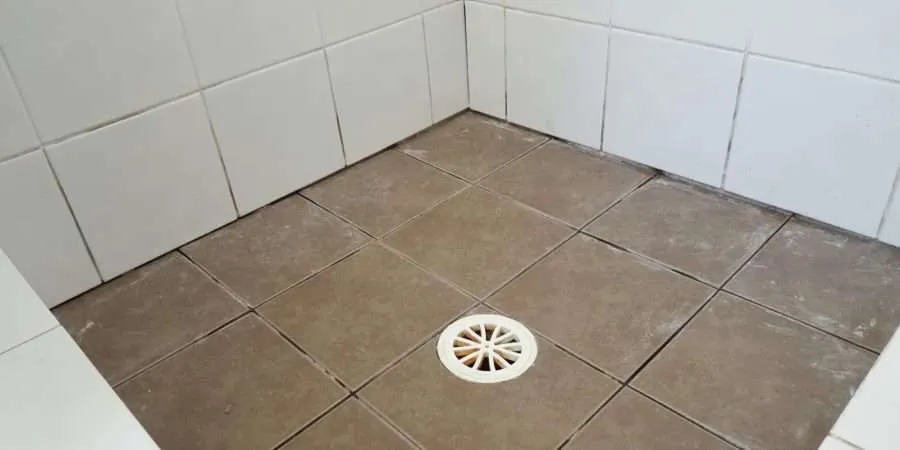Common Sources Of Water Damage in a Bathroom
Common Sources Of Water Damage in a Bathroom
Blog Article
How do you actually feel in regards to How to Fix a Water Damage Bathroom?

The washroom is incredibly vulnerable for wet accumulation and also prospective water damage because of the constant use of water in it. This article uses easy examination methods to aid discovering water damages risks.
The constant use of water in the washroom makes it incredibly vulnerable for damp buildup as well as possible water damage. By evaluating it frequently, you can lower water associated problems.
The following collection of inspections is simple to execute as well as need to be done once in every 3 months in order to keep your restroom healthy and to avoid possible water damages brought on by the bathtub, the shower, pipe joints and also plumbing, sinks, cabinets, as well as the commode
Do not neglect doing these examinations and be complete while executing them. Keep in mind that these basic examinations can save you a lot of cash by giving early indicators for water damages
Sinks and also Cabinets
Sinks and cupboards are revealed to dampness and humidity everyday and also are often neglected. Check consistently under the sink and also on the countertop above it. Repair any type of drip in the catch as it might suggest drain issues. Browse the sink, slow-moving draining pipelines might indicate a blocked drain. Change sink seals if they are cracked or loose.
Tub as well as Shower
The shower as well as bath tub call for unique focus and maintenance. Check the tiles as well as replace if split. Make certain that there is no missing out on cement in between the floor tiles. Evaluate and also change cracked caulking at joints where the walls meet the floor or the bathtub. Clogged drains and pipes problems will prevent the bathtub from drying and may show significant troubles under the bath tub. Seek advice from a specialist quickly to stop architectural damages. Take notice of stainings or soft areas around the tub walls as they may show an inner leakage.
Plumbing
Signs for water damages are difficult to discover because many pipes are installed inside the wall surfaces.
Pay unique interest to flooring and also wall surfaces dampness as well as spots as they may suggest an unnoticeable plumbing issue. Check moisture levels in adjacent areas too.
The Bathroom
The toilet is a vulnerable water joint. Inspect the water lines as well as search for leakages around the bathroom seat, in the hose pipe, and under the water container. If you find any type of signs of moisture on the flooring around the bathroom, check for leakages in the toilet edge and container seals.
Know that hanging bathroom bowl antiperspirants enhances the chances for obstructions.
Water Damage Signs In The Bathroom To Avoid Cleanup
Musty smell
This is one of the easiest signs to catch because musty smells are so odorous. The damp, earthy, moldy smell should be a big red flag. The smell will develop when moisture gets trapped in surfaces, and begins to facilitate mold growth. Leaking pipes under cabinets, inside walls, and behind shower fixtures will cause moisture to stay trapped and not dry, which will lead to mold growth and spread. As soon as you notice any musty smells in your bathroom, have it checked for hidden water damage and cleanup signs.
Visible mold
If the smell isn’t there to give it away, sometimes you will actually see mold growth. Finding mold in your bathroom is a serious problem, because mold is very harmful to your health. By the time mold growth is visible, it also means that water damage has already occurred and been present for some time. The only way the mold problem can be resolved is to find the source of the moisture and get it stopped. To safely and adequately remove mold, you need to have professionals handle the remediation. Do not waste any time in getting mold problems addressed, fixed, and sanitized so that you can protect you and your family from the many respiratory symptoms caused by mold exposure.
Damaged floors
Bathroom floors should be able to withstand some exposure to water while still remaining in good condition. However, when excess exposure or water leaks occur, they will begin to damage even the most water-resistant flooring. If you notice any cracking, bubbling, staining, or warping on your bathroom floors, there is probably a water leak somewhere causing the distortion. If you notice areas of the floor have become softer, or even have a spongy feeling, there is probably damage to the subfloor. Subflooring is typically made up of plywood. When plywood is exposed to water or moisture, it will absorb it. Once it has become saturated, the weight of the excess water will cause the wood to swell and soften. Check the floors in your bathroom frequently to catch any of these sings before they lead to damaged subflooring.
Changes on walls
When water leaks behind walls, it will cause changes in the drywall. Peeling plaster, blistering paint, and soggy wallpaper are all good indicators that excess water is building up behind the wall. Water leaking behind drywall will cause it to swell and be soft to the tough. If you start to notice gaps along the trim of your walls, or where tile meets the wall, it could also be a strong indicator that there is a leak behind the wall. Any changes, distortion, or damage on the walls should be evaluated as soon as you notice it to prevent further water damage and cleanup.

I stumbled upon that page on How to Repair and Prevent Bathroom Water Damage when doing a lookup on the web. Liked our piece? Please share it. Help somebody else discover it. We thank you for reading our article about How to Repair and Prevent Bathroom Water Damage.
Apply Now Report this page